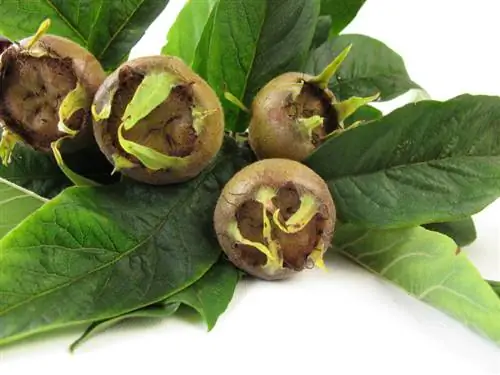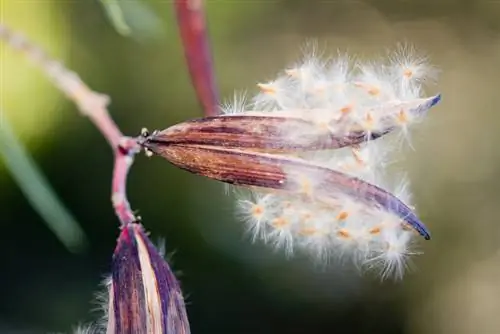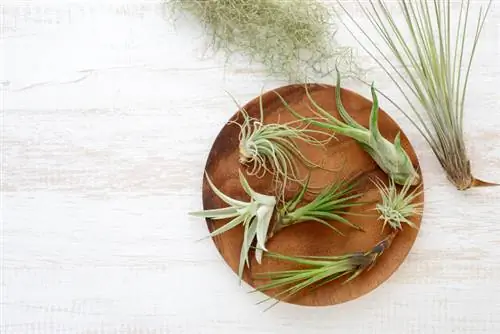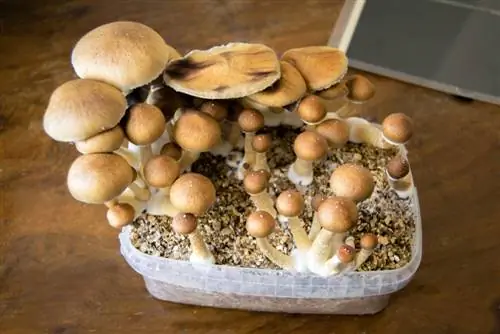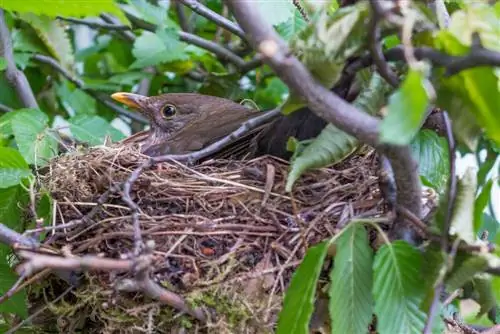- Author admin [email protected].
- Public 2023-12-16 16:46.
- Last modified 2025-01-23 11:20.
The real medlar is an old cultivated plant and is quite expensive to buy these days. If you want to have several specimens in your garden, you can propagate the plant with your own hands.
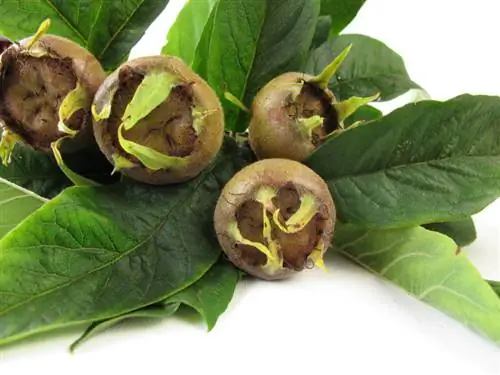
How to propagate medlars?
Loquats can be propagated by sowing, cuttings, root cuttings or grafting. While sowing is time-consuming, cuttings and root cuttings are easier but riskier. Grafting on pear, quince or hawthorn ensures tasty fruits.
Method 1: Sowing
You can propagate the plant with the seeds of the medlar. However, this procedure is time-consuming. To do this, the seeds contained in the ripe fruits are removed and the pulp is removed and cleaned. The best time for this is between November and early December.
The seeds can be planted directly outdoors. You can also sow the seeds in pots or boxes on the balcony or, after stratification, sow them in moist sand or peat in warm living rooms in the spring. The seeds need a cold period in order to germinate. They remain viable for a maximum of 20 months and should be used within this period.
But be careful: it can take up to two years for the seeds to germinate. In addition, it takes a long time for the plants obtained from them to produce their first fruits. For these reasons, it is less recommended to propagate the medlar using its seeds.
Method 2: Cuttings
Propagation from cuttings is easier and faster than sowing. But it carries a risk. Since the medlar does not tolerate cutting well, cuttings should be taken sparingly.
How to do it:
- Ideally, take no more than 3 cuttings from a he althy and older mother plant
- Use annual, 15 cm long shoots
- Remove shoots from the lowest leaves
- Put the shoots in a glass with water or directly into the ground
- Keep soil evenly moist
- Planting out in spring
Methods 3 and 4: Root cuttings and grafting
The medlar can also be propagated via root cuttings. These can be removed all year round on frost-free days. Cultivated forms are usually propagated through grafting. It has been shown that the medlar produces the best tasting fruit when it is grafted onto a pear. It can also be grafted onto quince or hawthorn.
Tips & Tricks
Young medlars should be provided with winter protection for the first two years after being released outdoors. They are only hardy in their third year.

